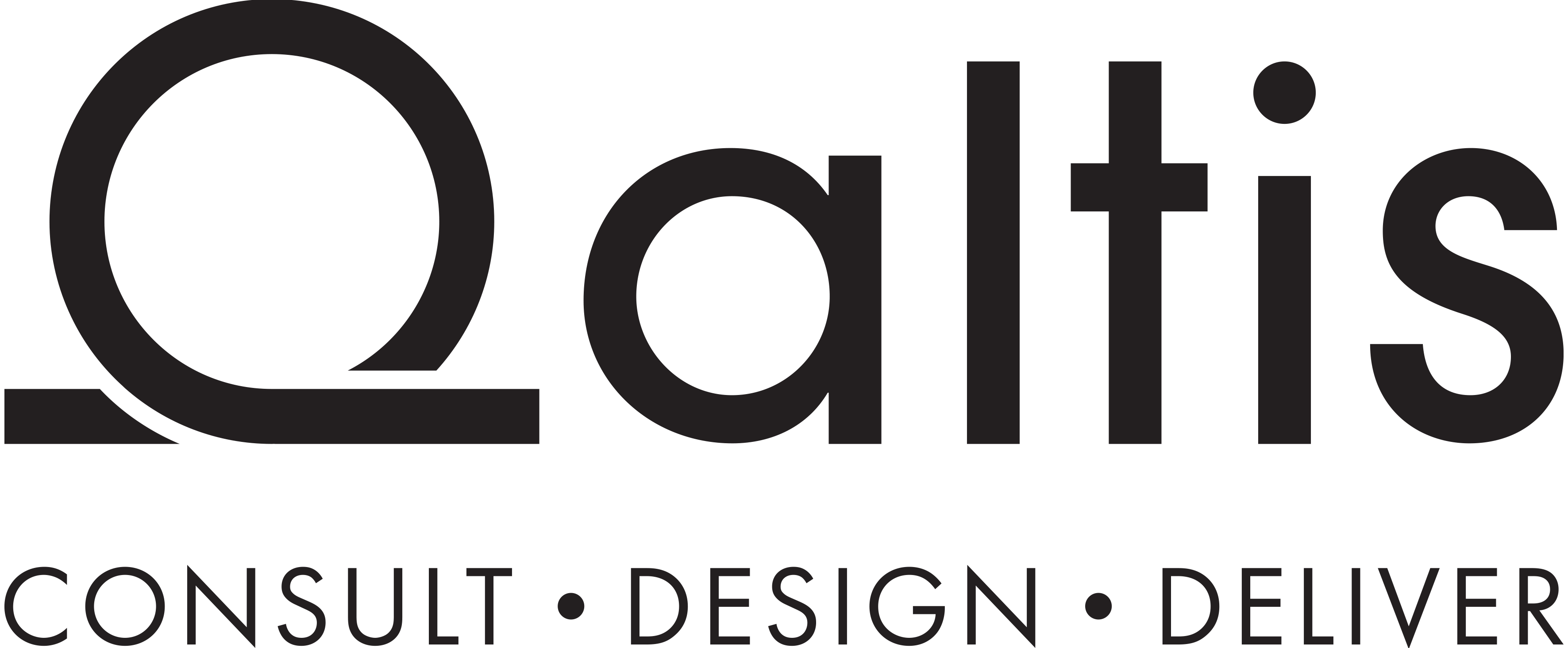What if we told you that one of the most formal, static, pinstripe-coded industries in the world is rethinking its offices? Hard to believe, perhaps — and yet it’s happening. Banks, asset managers, and consulting firms are shaking off their navy carpet tiles and quarterly-report rituals, stepping into a new era. One that’s more fluid. More human.
The new mantra? Adaptability. Finance offices are beginning to resemble multifunctional sets: a room used for a strategic meeting in the morning hosts an internal workshop by afternoon and transforms into a stage for a public talk or partner aperitivo by evening. The reason is simple: work today isn’t just about doing — it’s about connecting. And in an era where top talent vanishes at the first whiff of stagnation, even Goldman Sachs has clocked that physical space is a relationship tool, not a control mechanism.

So, what does a “working office” in 2025 look like — in finance?
- Fixed desks? A thing of the past. Much like BlackBerrys.
- Walls move. Layouts reconfigure. So do mindsets.
- Meeting rooms? They’re now relationhips rooms: spaces where colleagues, departments, partners and freelancers actually meet.
- Tech connects — not just computes.
- And most importantly: there’s light. There’s care. There’s identity.
From the Milan offices of the Big Four to the Paris HQs of major banking groups, the keyword is transformation. We’re seeing it in post-pandemic digital hubs. In ground floors that become corporate piazzas. In event spaces that serve both brand visibility and talent retention. Because a workplace that adapts, opens up, and evolves? That’s like a good investment: it grows over time — and attracts people who know where they want to be.
Case study: The new JP Morgan chase HQ in New York
JP Morgan is building its new headquarters at 270 Park Avenue — and let’s be clear: this isn’t just an office. It’s a statement. A 60-storey skyscraper replacing the old building, designed to embody the future of work in finance. What stands out?
- Flexible, modular spaces for events, collaboration, and focus
- Reconfigurable floors, no assigned desks, shared areas that encourage spontaneity and serendipity— including green terraces, wellness zones, and internal auditoriums
- Integrated sustainability: set to be one of the greenest HQs in Manhattan, using 30% less energy than current standards
- A design that promotes transparency: open floor plans, no spatial hierarchies. Leaderships sits within, not above.
Anyone who still thinks the workplace is just an HR issue has missed the point.
In 2025, physical space is branding. It’s leadership. And when even those managing real capital realise there’s no human capital without culture, the workplace takes centre stage again. Not as a backdrop — but as a strategic tool.
Want to know how to turn your workplace into a competitive advantage? Get in touch: [email protected].


